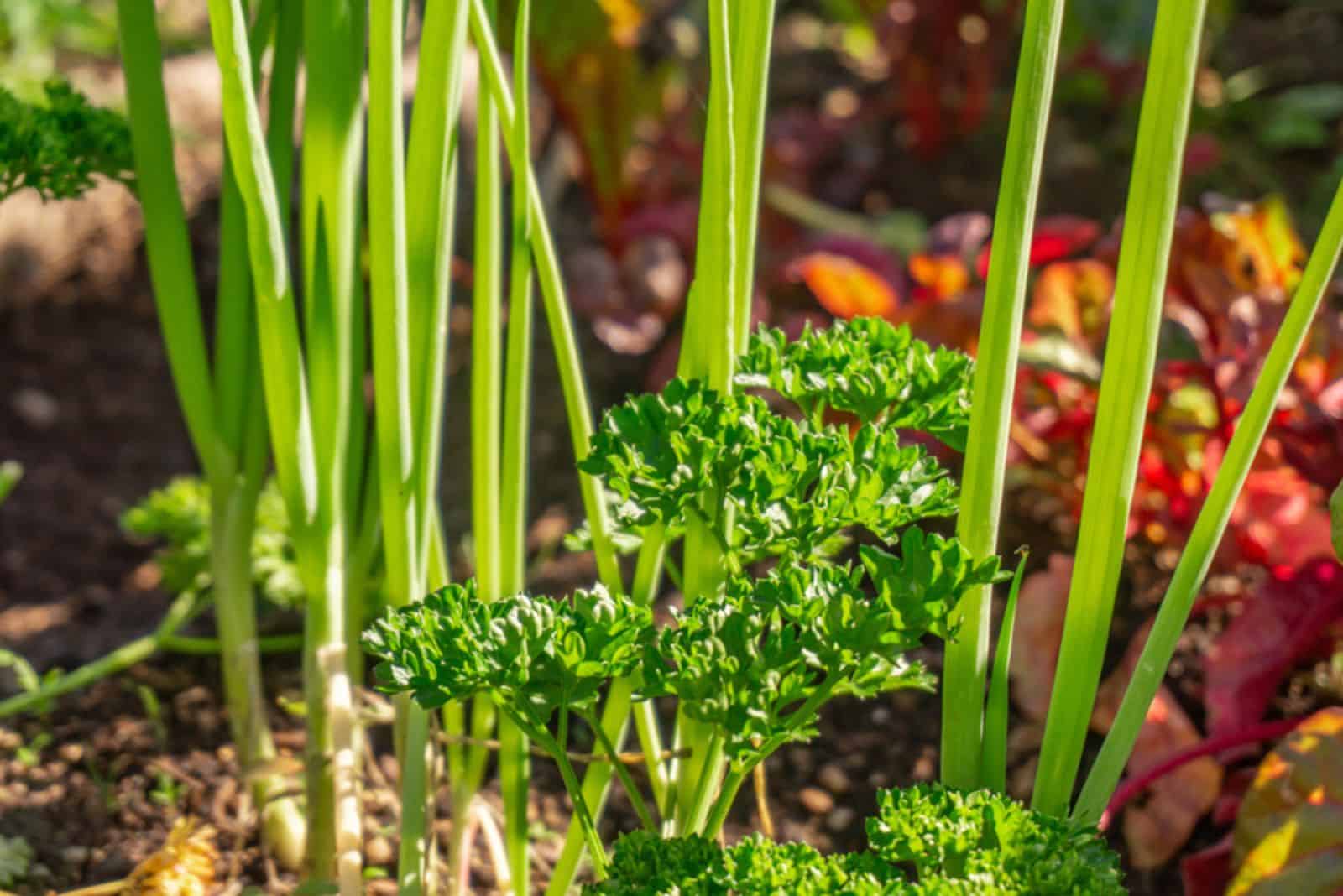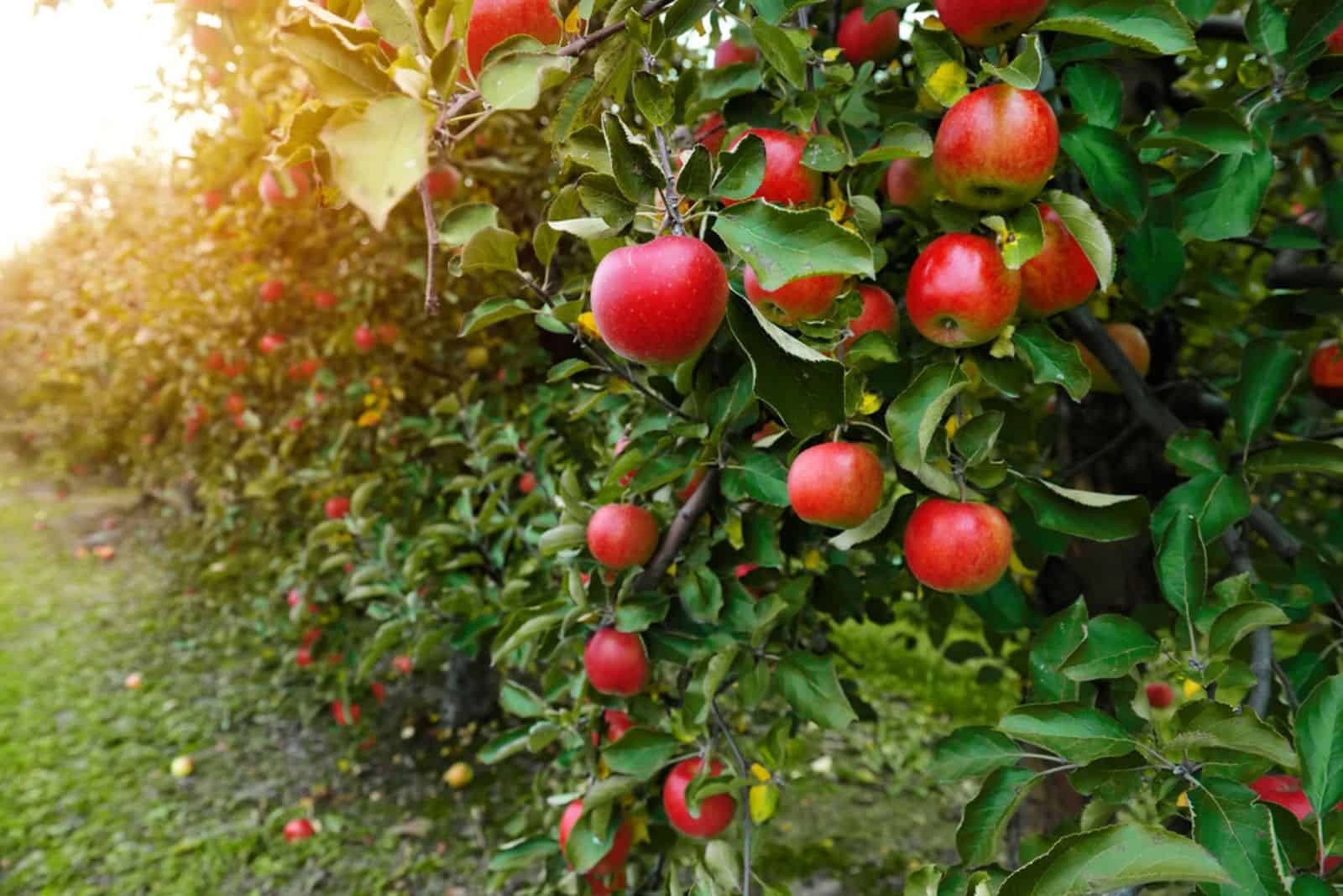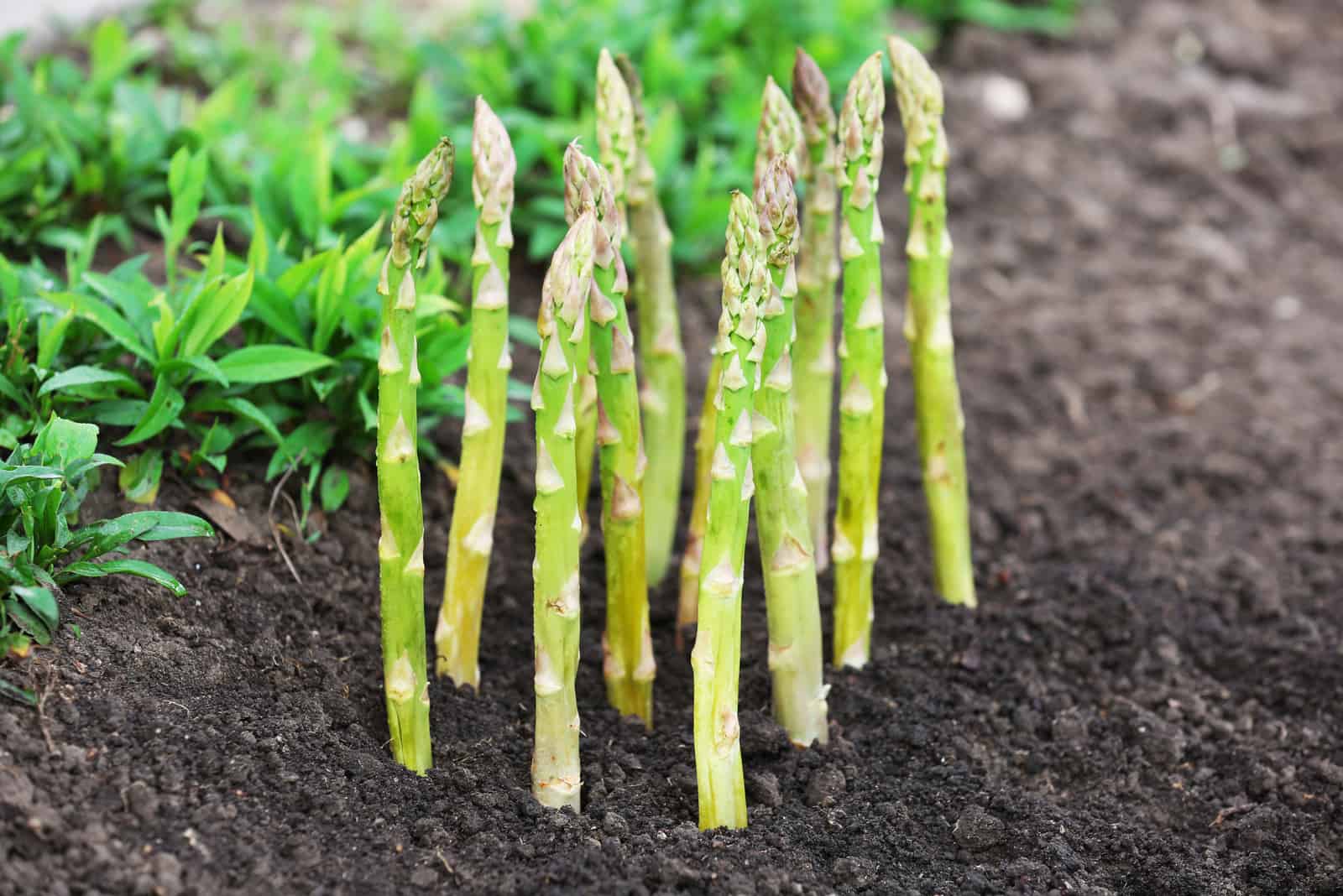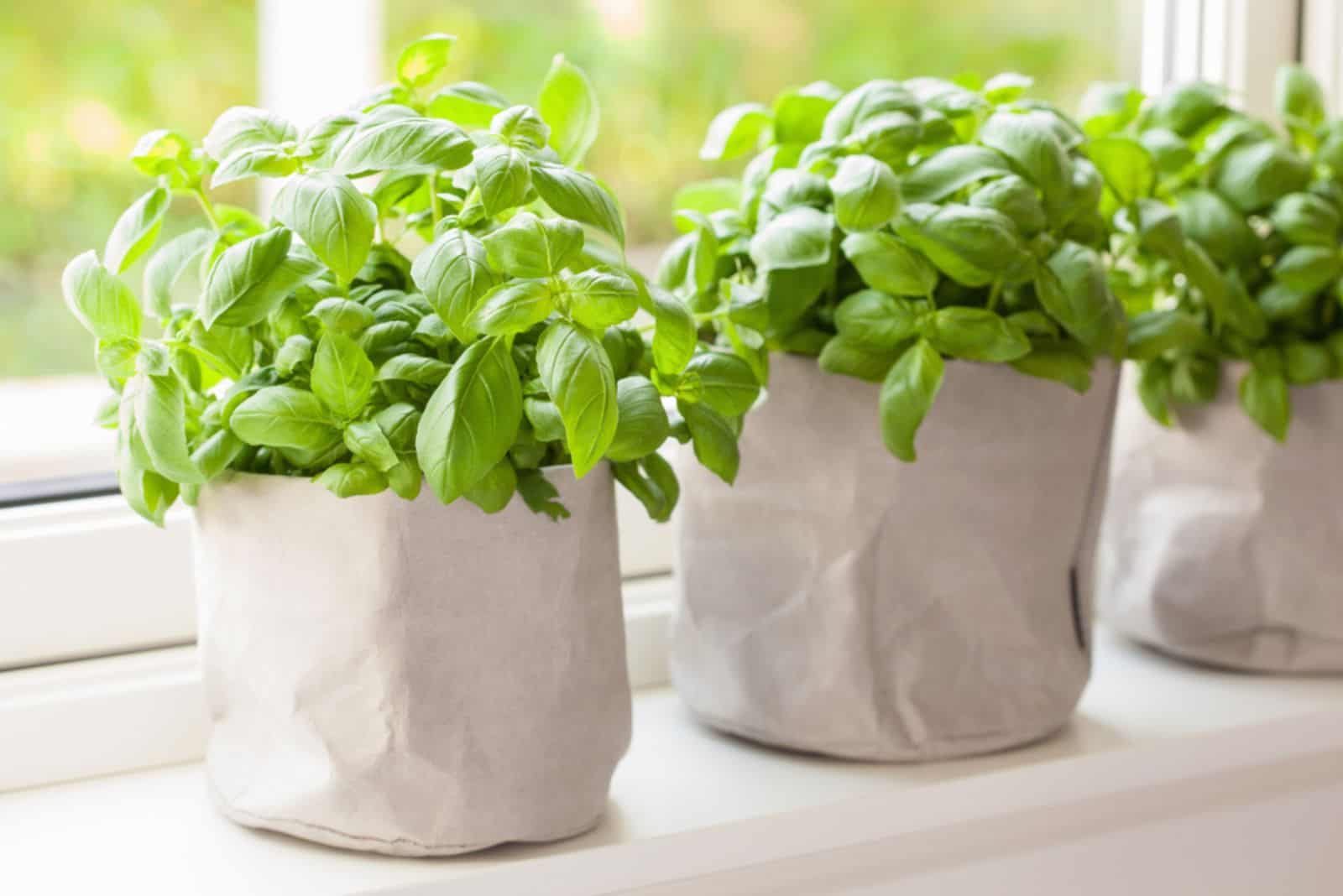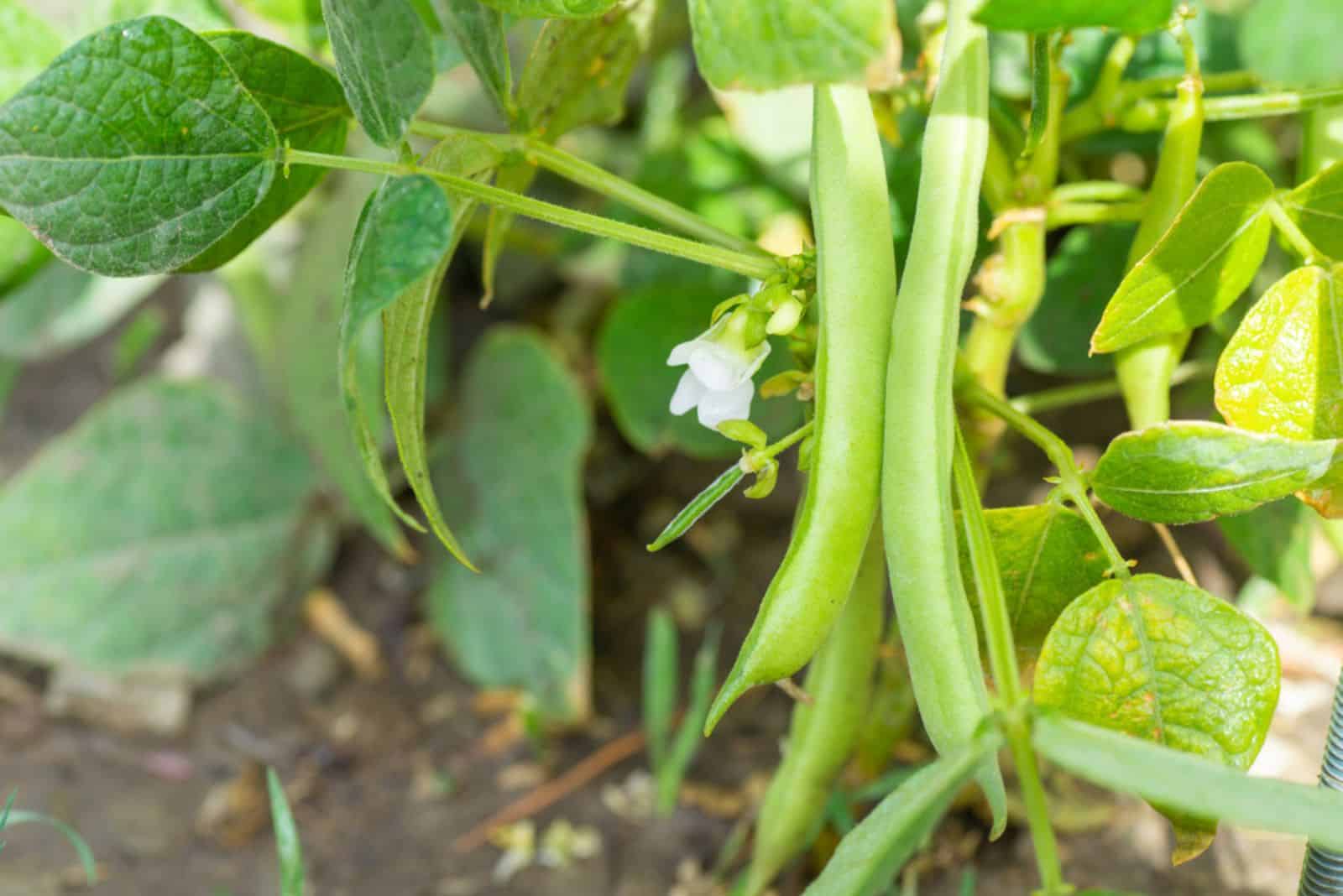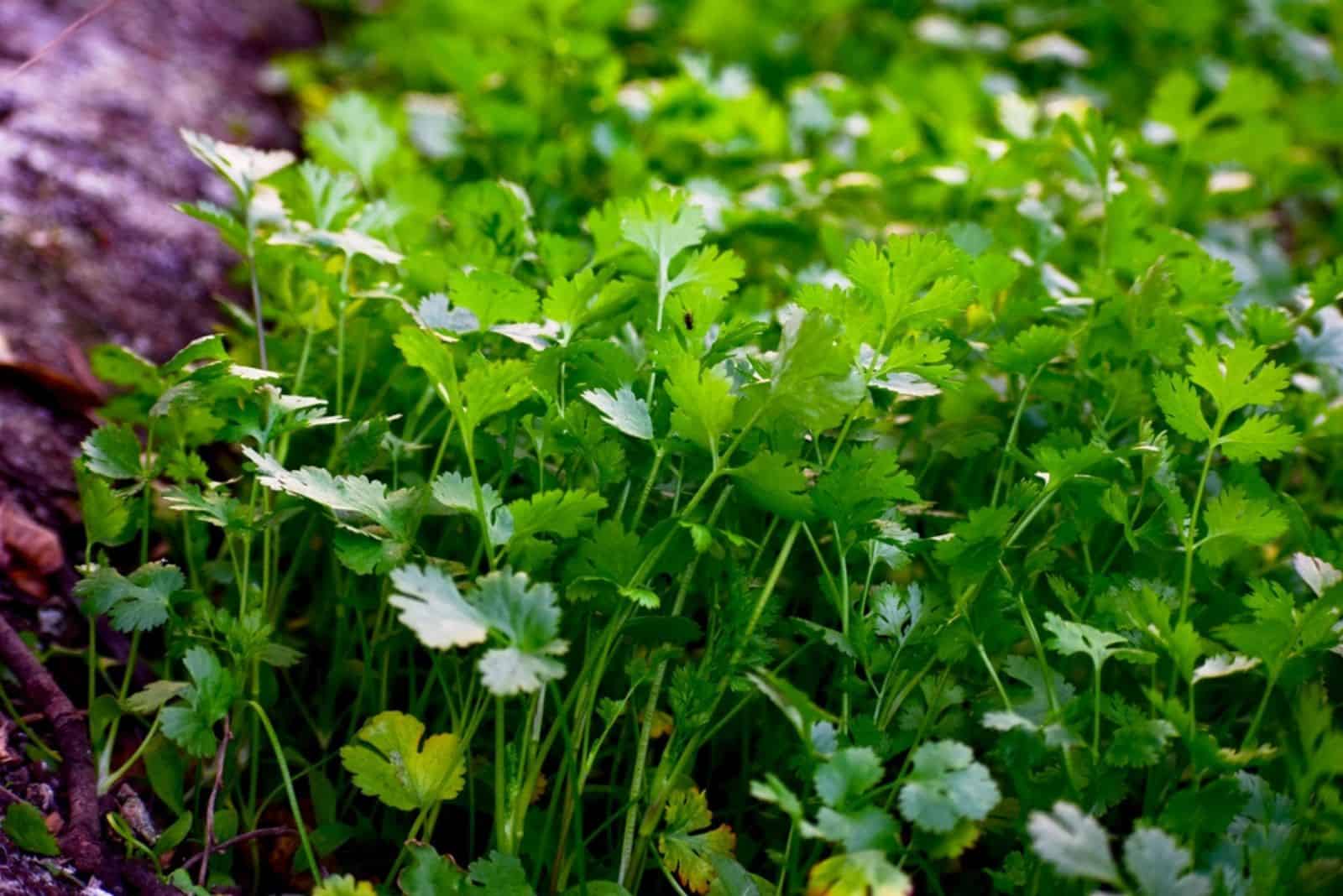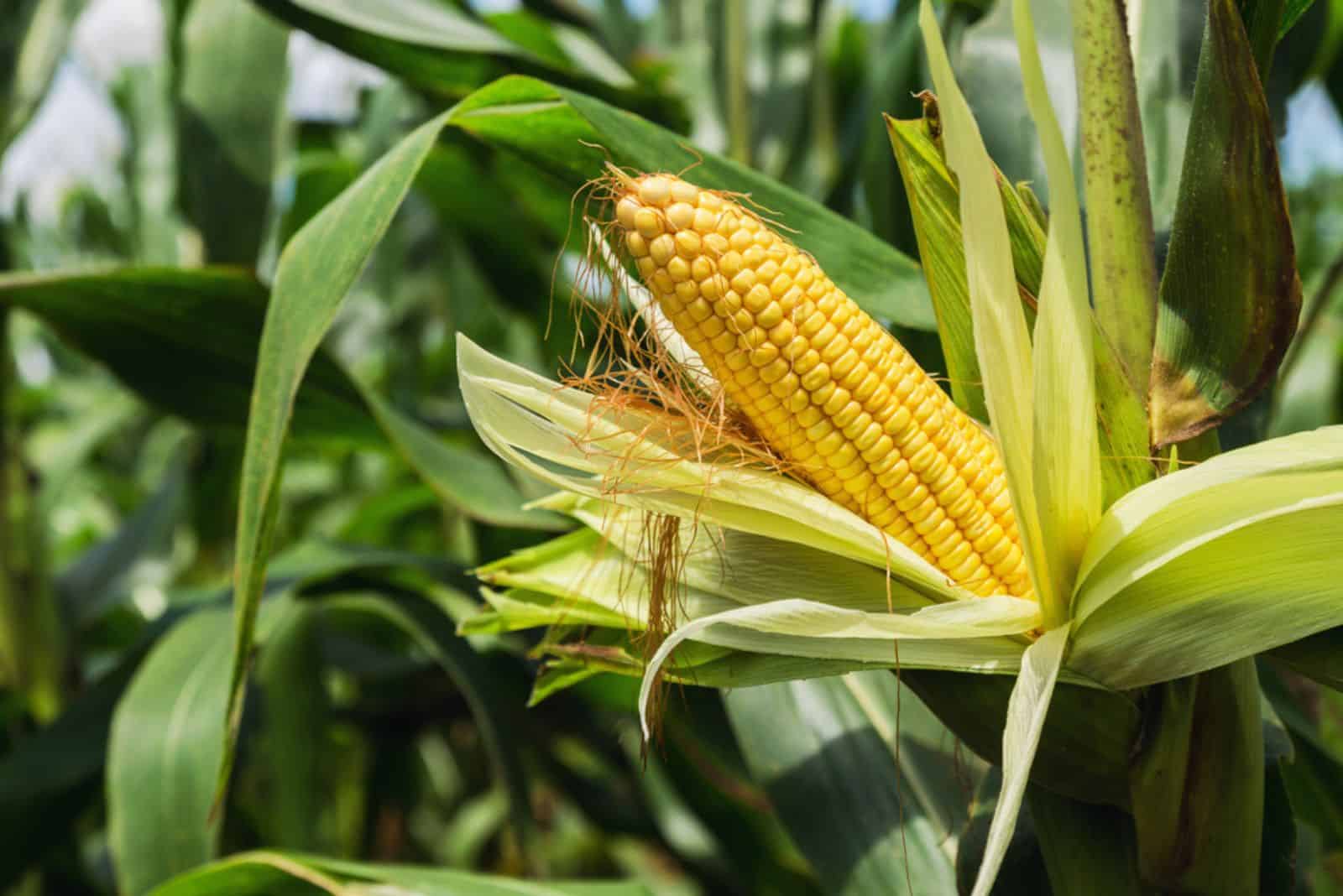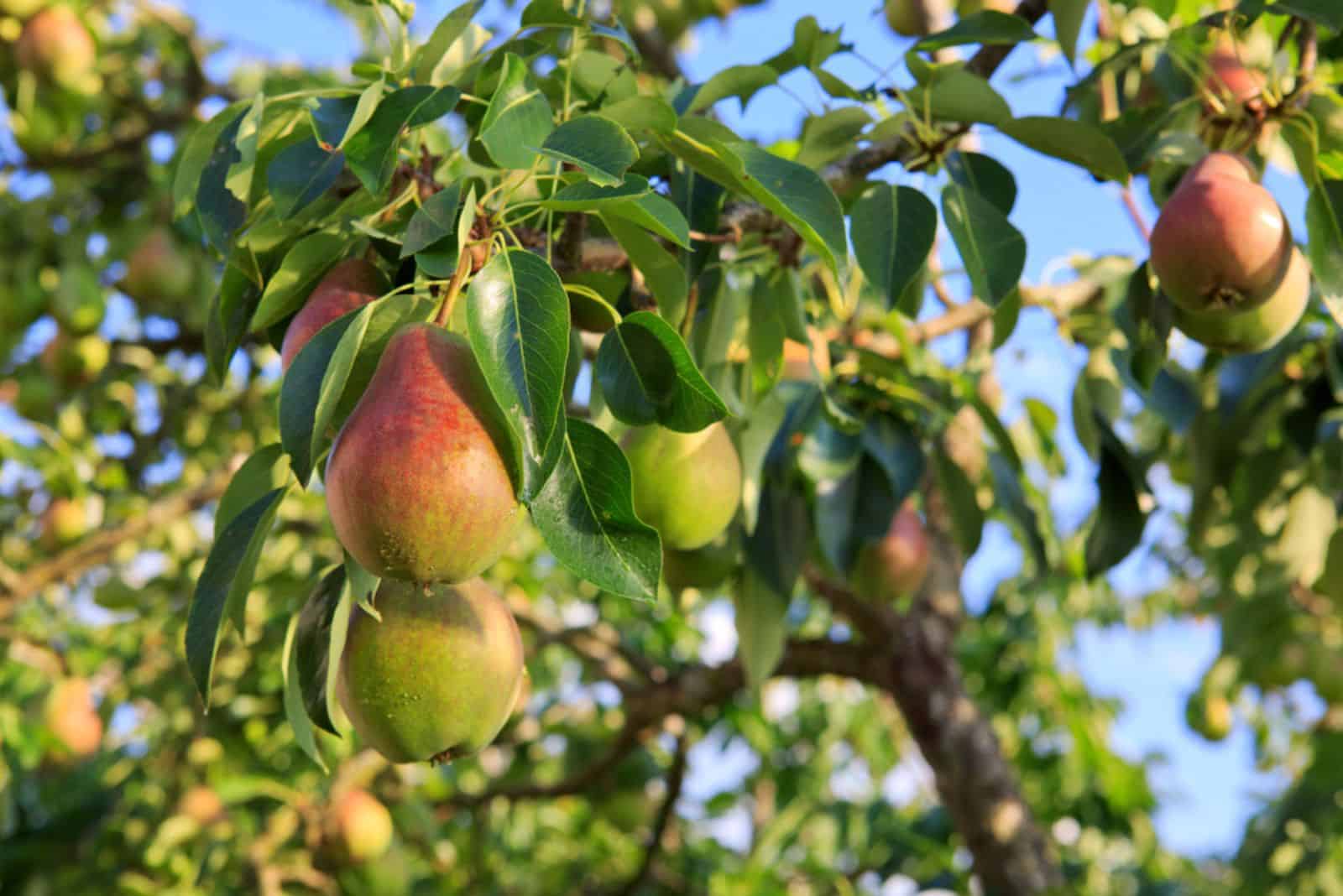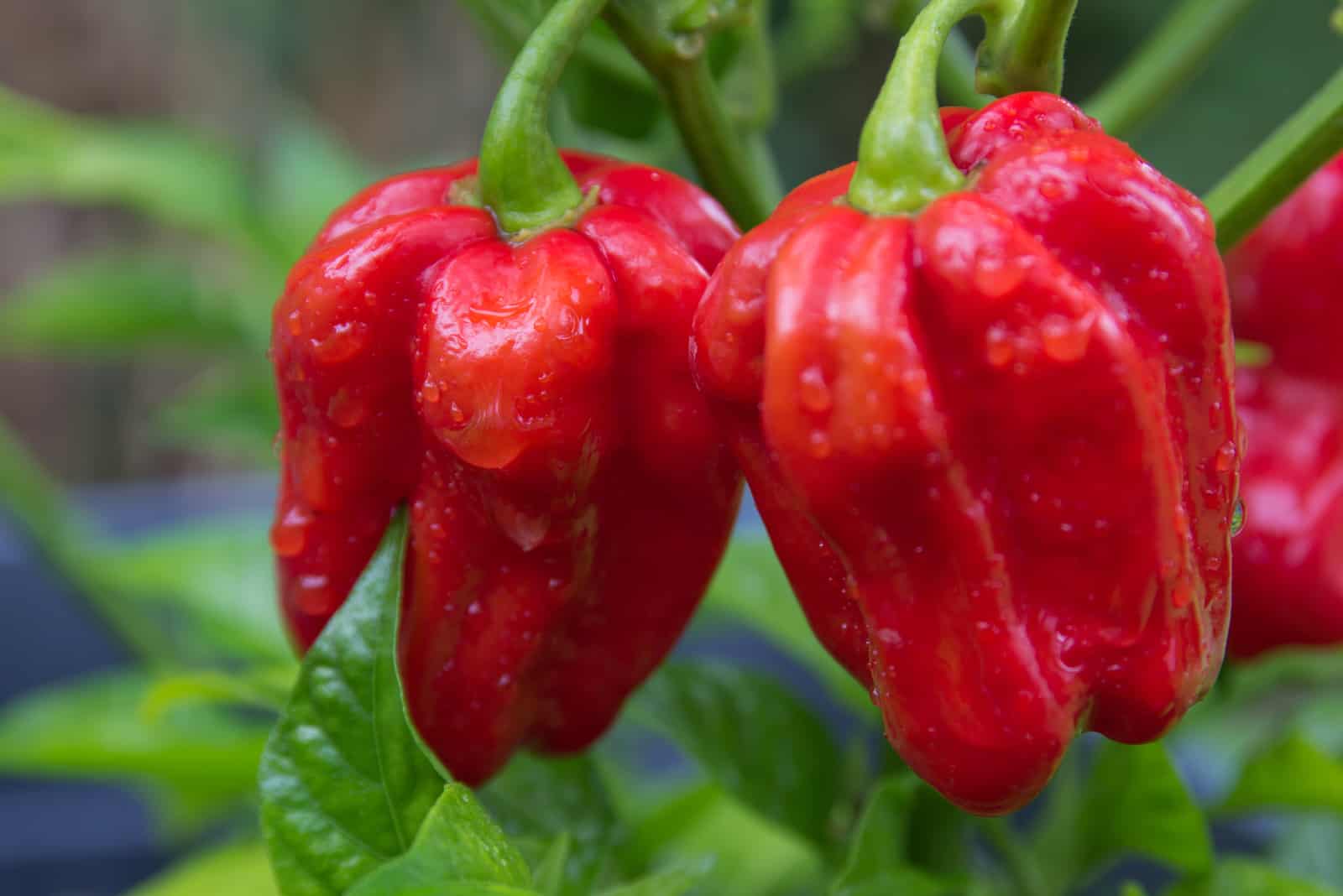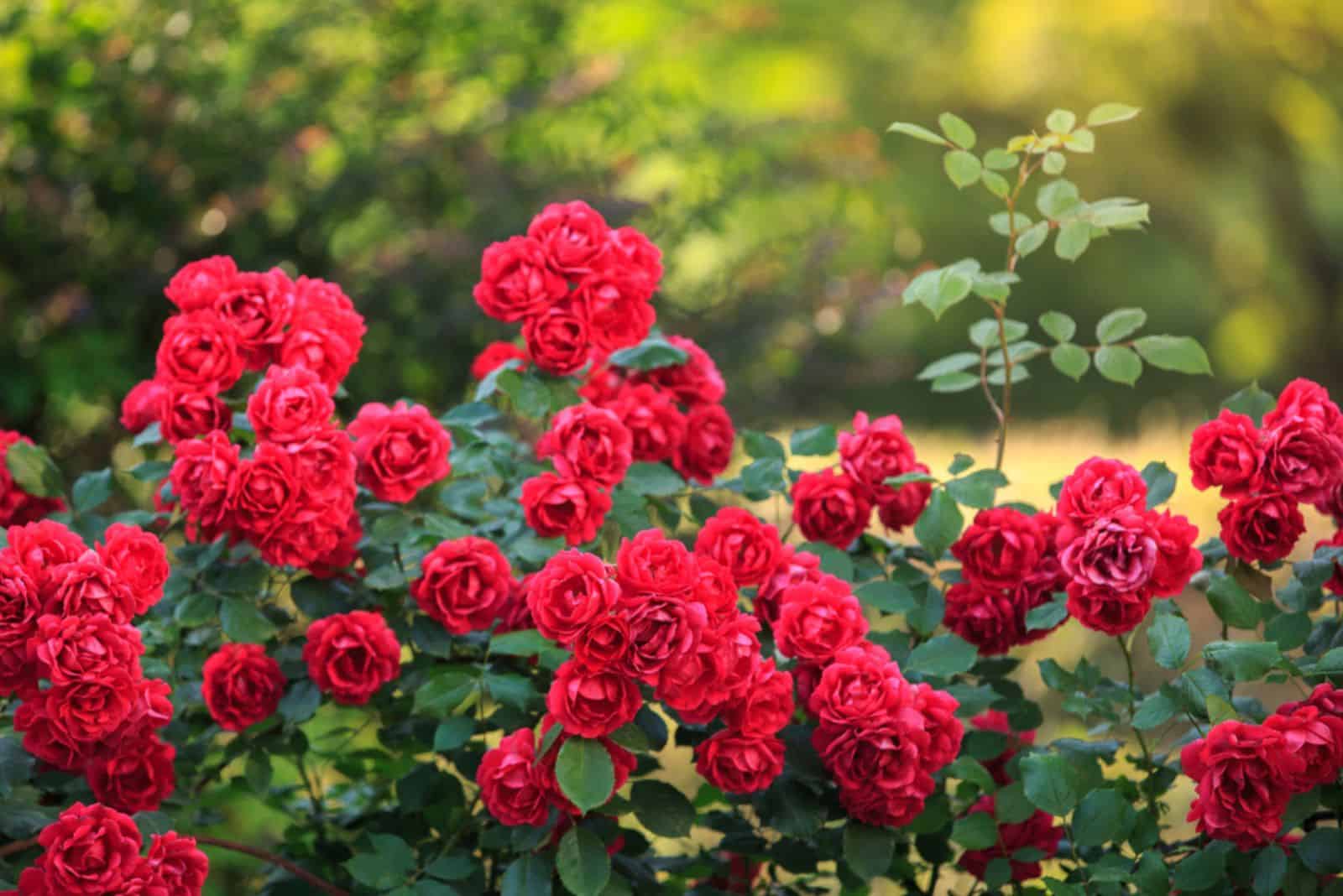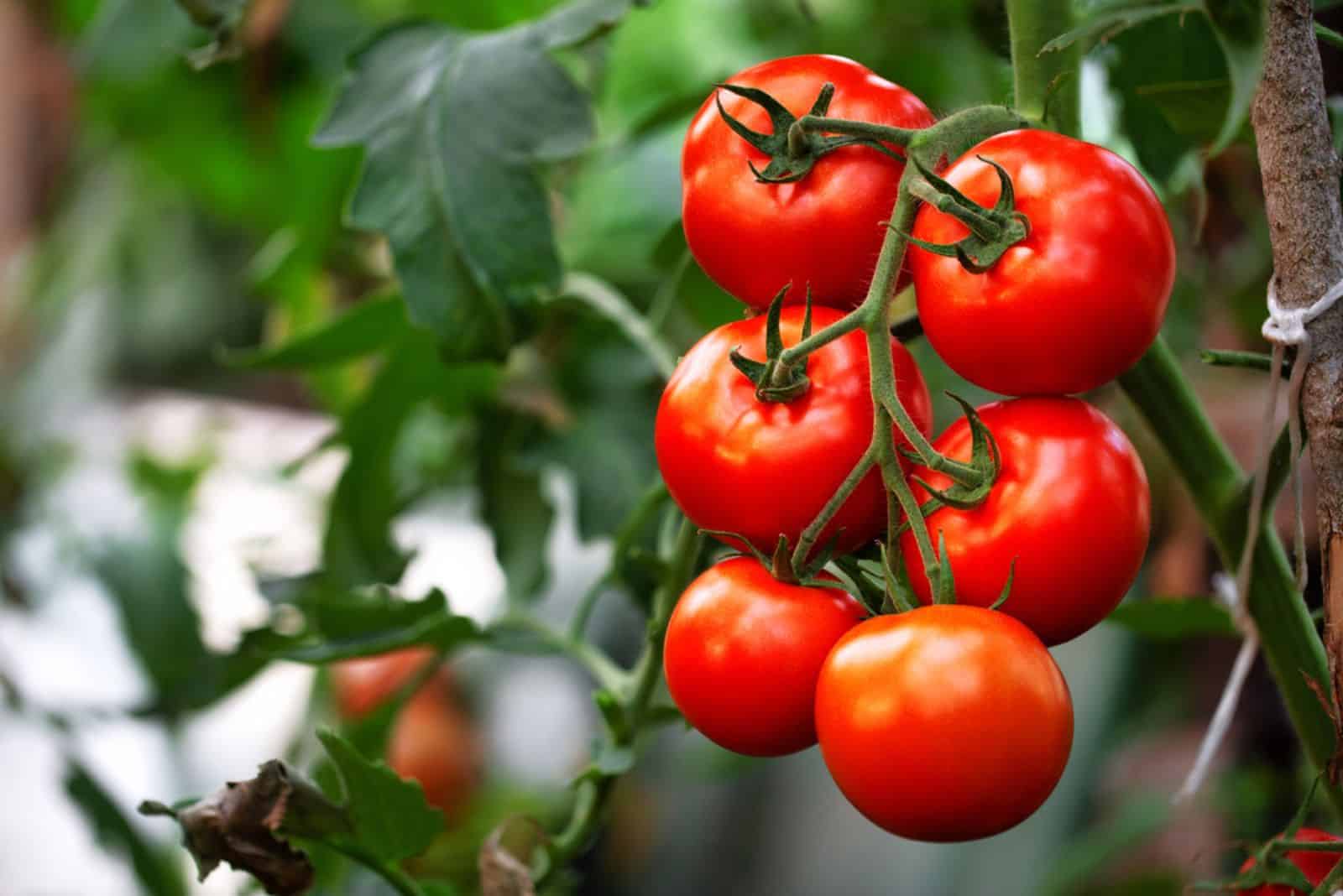Parsley is one of those herbs you can use in every dish, and growing some in your home will make such a difference to your meals!
Getting its light, soil, and watering requirements right is essential, but some other things can make your gardening experience much easier.
For instance, growing herbs with other fruits, flowers, and vegetables can result in a more abundant yield, no pests lurking around, faster growth rate of some plants, improved flavor, etc.
Therefore, we decided to introduce 13 companion plants for parsley to keep your vegetable gardens pest-free and pollinator-friendly.
We’ll also mention certain plants you should avoid growing anywhere near this herb, such as alliums, lettuce, etc.
Finally, there are many benefits of parsley companion planting, and we’ll present some of them so that you know what not to miss out on.
Let’s begin!
13 Companion Plants For Parsley
The main companion plants for parsley are herbs with similar requirements, such as basil, tarragon, and cilantro, pear and apple trees, asparagus, plants from the Brassica family, tomatoes, and even rose bushes.
This companion planting technique makes your work a lot easier since you won’t have to worry about pest control, pollination, and many other things.
Finally, make sure you know how to harvest parsley without killing it to get an abundant yield and reap the benefits of companion planting for longer.
1. Apple Trees
One of the most amazing growing buddies to parsley are apple trees. Unfortunately, gypsy moths and codling moths frequently attack these plants.
The former is a cause of leaf loss that may significantly slow down growth or even kill young trees, whereas the latter pest damages the fruit.
Thankfully, parsley attracts the braconid wasp, which lays eggs in the caterpillars of gypsy and codling moths, reducing the severity of the infestation. Parsley flowers are almost irresistible to this wasp, but it doesn’t terrorize the apple tree or the fruit.
This herb also attracts bees, which pollinate your plants and increase your harvest.
2. Asparagus Plant
Asparagus is one of the veggies that benefits most from companion planting parsley. The herb deters asparagus beetles and keeps the crop safe from these pests.
Also, these two companions boost each other’s growth and produce a more abundant yield.
Finally, asparagus plants don’t provide crops for most of the year, so interplanting parsley in between empty rows of asparagus is a good use of your garden bed.
3. Basil
Parsley and basil are great companions because they have similar growing conditions, and you won’t have to worry about over or underwatering one of them.
Also, basil has a strong fragrance and repels pests such as spider mites, whiteflies, and aphids, while parsley deters root-knot nematodes.
Both herbs can improve each other’s flavor and attract beneficial insects and pollinators, increasing the yield of many veggies.
You can grow them near your asparagus plants as they both repel the asparagus beetle.
And if you want to grow basil on its own, you can always find more companion plants for basil and use its benefits in your vegetable garden.
4. Beans
Beans frequently fall victim to cutworms, but growing parsley near them can invite their natural predators, tachinid flies, which get rid of the infestation for you.
Also, pole and bush beans are known to help fixate nitrogen in the soil, making them a good companion to your leafy, nitrogen-loving parsley.
5. Brassicas
Brassicas are plants such as cabbage, broccoli, brussels sprouts, kohlrabi, etc., and pests like cabbage worms, loopers, moths, cutworms, and armyworms frequently colonize these plants, but planting some parsley near them can help control the infestation.
This herb attracts parasitic wasps which prey on these insects and usually lay their eggs in caterpillars, thus reducing their numbers.
6. Cilantro
Cilantro is a good companion plant to parsley because they have virtually the same requirements. They belong to the same family and have similar benefits.
Both cilantro and parsley attract beneficial insects such as parasitic wasps, tachinid flies, and hoverflies, which eat spider mites, aphids, cabbage moths, potato beetles, etc.
You can grow them together and increase these benefits or on their own.
However, they are at risk of cross-pollination when grown together because they come from the same family, so if you want pure parsley seeds, plant them at a safe distance.
7. Corn
Parsley and corn are great companion plants because parsley attracts natural predators of corn pests such as cutworms, corn earworms, and armyworms.
Parsley can also deter other insects that might infest your corn crop, so planting them at the base of these tall plants will keep them safe.
8. Marjoram
When we look at the companion planting chart for herbs, we immediately notice how great of a pest-repellent marjoram is.
It deters whiteflies and can even improve the taste and growth of parsley and its other companions.
Marjoram and parsley have similar watering requirements, so you can grow them near each other if you don’t have any pots available.
9. Pear Trees
Codling and gypsy moths attack this fruit tree, but thankfully, parsley attracts parasitoid wasps that reduce the infestation effectively.
These wasps won’t hurt the tree, but instead will pollinate the flowers if they’re in full bloom. Parsley can also attract pollinators such as bees and black swallowtail butterflies, which fly from flower to flower and increase your pear crop.
10. Pepper Plants
There are many pepper plant varieties, and the good news is that you can plant parsley with all of them.
These veggies can get colonized by aphids, flea beetles, armyworms, corn earworms, etc. Still, the parsley plant will attract their natural enemies, such as parasitic wasps, and deal with the infestation for you.
Parsley flowers are also alluring to other beneficial insects – pollinators – and these ensure proper pollination and an abundant harvest.
11. Rose Bush
Believe it or not, rose bush and parsley are great companion plants. Sawflies and aphids love roses and frequently colonize them, but parsley will eliminate that problem by attracting hoverflies that feed on aphids, and tachinid flies that prey on sawflies.
Both plants also attract bees and can be great additions to your pollinator garden.
12. Tarragon
Tarragon is another herb with similar growing requirements as parsley, and planting them together can reduce your watering chores.
Both herbs are also known for their pest-repellent abilities, and growing them together can make your garden beds free from these nuisances.
13. Tomato Plants
Unfortunately, not all types of tomatoes love growing near parsley, but those that do will benefit from their ability to attract hoverflies and deal with aphid infestation.
There are also other tomato companion plants, such as brassicas, radishes, etc. You don’t have to grow it with just herbs, although they do get rid of pests.
4 Bad Parsley Companion Plants
Parsley is an excellent companion crop, but there are certain vegetables and herbs you should avoid planting near it, such as carrots, lettuce, mint, alliums, etc.
Let’s find out why!
Alliums (Garlic, Chives, Shallots)
All alliums, including garlic, chives, onions, shallots, leeks, etc., exude a compound that stunts the growth of parsley.
Therefore, don’t plant these varieties near parsley, or at least grow it in a separate container.
Carrots
Both carrots and parsley attract carrot root flies, which can destroy your crop if you grow them together.
These plants are also in the same family, which can lead to cross-pollination. Of course, this type of pollination increases the yield, but it won’t preserve pure carrot or parsley seeds.
Thankfully, there are other good companion plants for carrots, such as alliums, tomatoes, brassicas, marigolds, nasturtiums, etc.
Lettuce
Lettuce is an amazing vegetable, but if you plant parsley near it, it will flower prematurely, affecting its flavor and making it bitter.
Mint
Avoid planting mint near your parsley because it is invasive and can quickly overcome the entire plant.
If you still want to enjoy the benefits of this companion crop, you can always grow it in a separate container and place it near your parsley to repel all the nasty pests.
Benefits Of Companion Planting Parsley And Other Plants
The main benefits of companion planting parsley are repelling pests and attracting beneficial insects, although other plants have different effects, and we’ll examine them all now.
Attracting beneficial insects – Many flowering plants, such as parsley, marigolds, nasturtiums, etc., attract bees, which pollinate your veggies. They can also invite natural predators, such as hoverflies, tachinid flies, parasitic wasps, etc., that deal with infestations on their own.
Repelling pests – Speaking of infestations, we must mention certain herbs that are so aromatic that they can deter pests just with their fragrance. Parsley can also repel certain insects, such as nematodes and asparagus beetles.
Providing shade – Tall plants such as tomatoes, peppers, corn, and beans make shade for shorter species and protect them from burning out in the harsh afternoon sun.
Providing ground cover – Basil and similar herbs can act as a ground cover for your peppers and tomatoes, reduce evaporation, and prevent them from drying out during hot summers.
Enriching the growing medium with nitrogen – Legumes and pole and bush beans are famous for their ability to fixate nitrogen and supplement the soil with this nutrient (which is rather helpful for parsley).
Improving taste and development – Certain herbs, such as marjoram, enhance the taste of their companions, and who wouldn’t want tastier veggies? They can also speed up their growth rate, so don’t miss out on that!
Final Thoughts
The best companion plants for parsley include brassicas (plants from the cabbage family), tomatoes, peppers, corn, apples, pears, beans, asparagus, rose bushes, and herbs with similar growing conditions.
Of course, there are always certain plants you should avoid planting near this herb, and some of them are mint, lettuce, alliums, and carrots.
We also talked about the main benefits of companion planting parsley and other plants so you can see how that can make your life a lot easier.
Enjoy the advantages of this technique, and until next time!
Like this post? Share or pin it for later!

